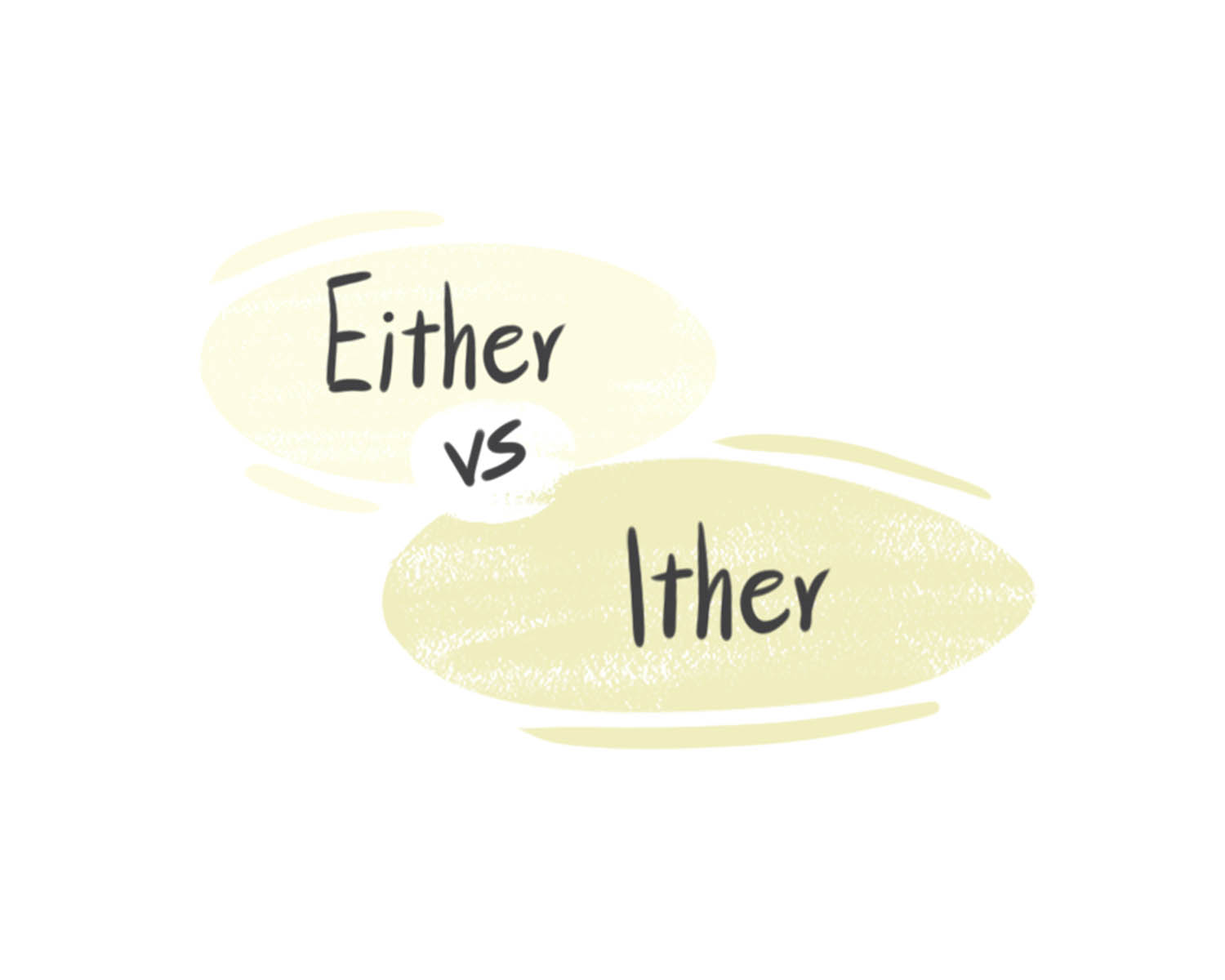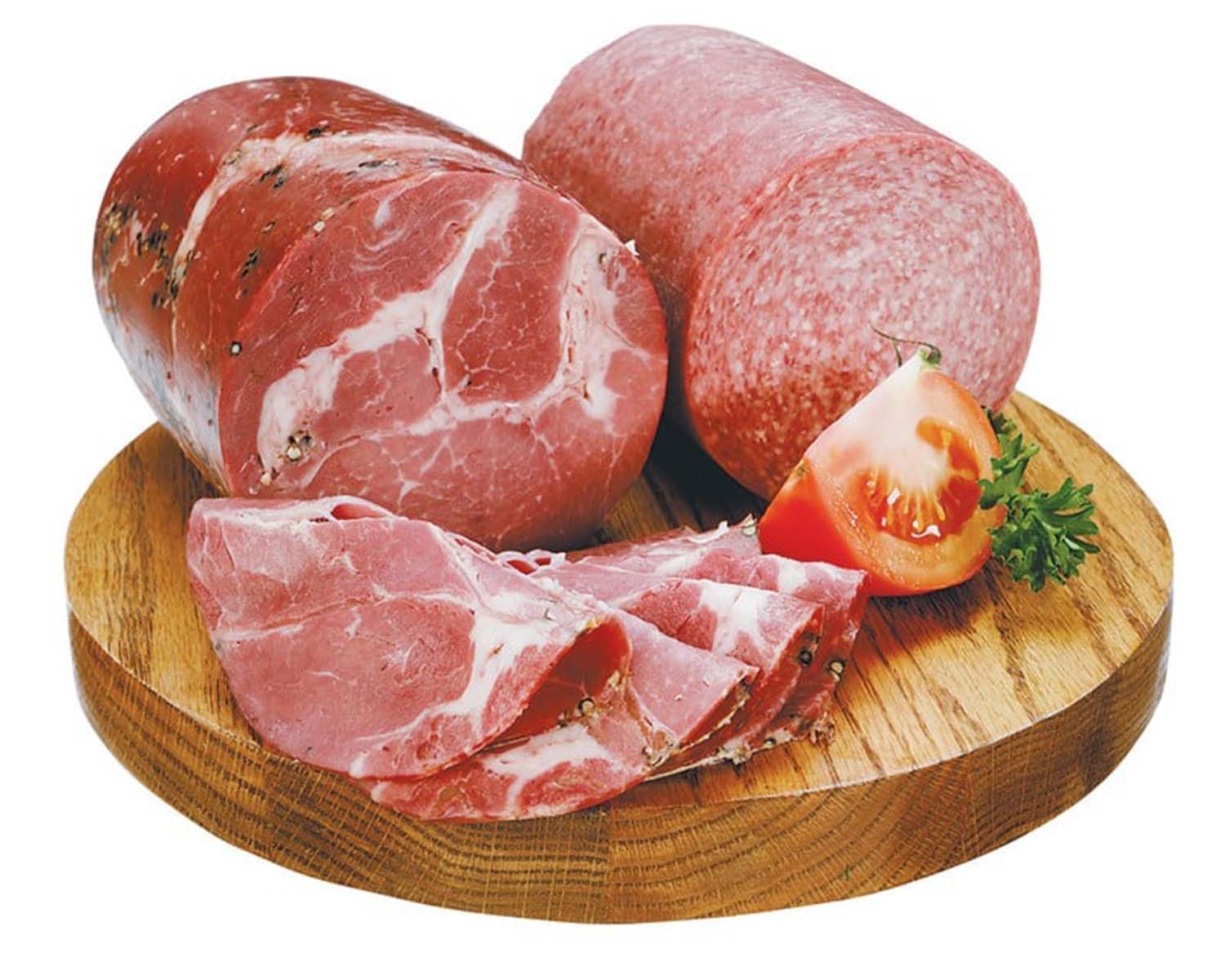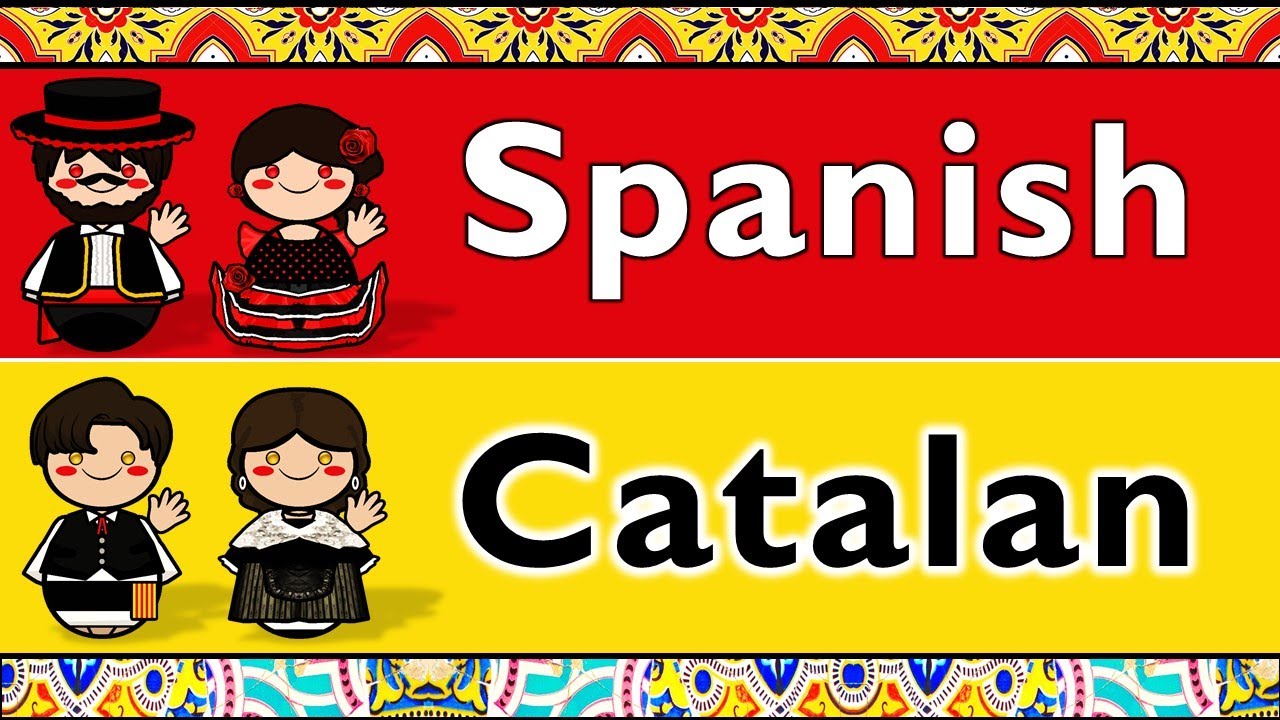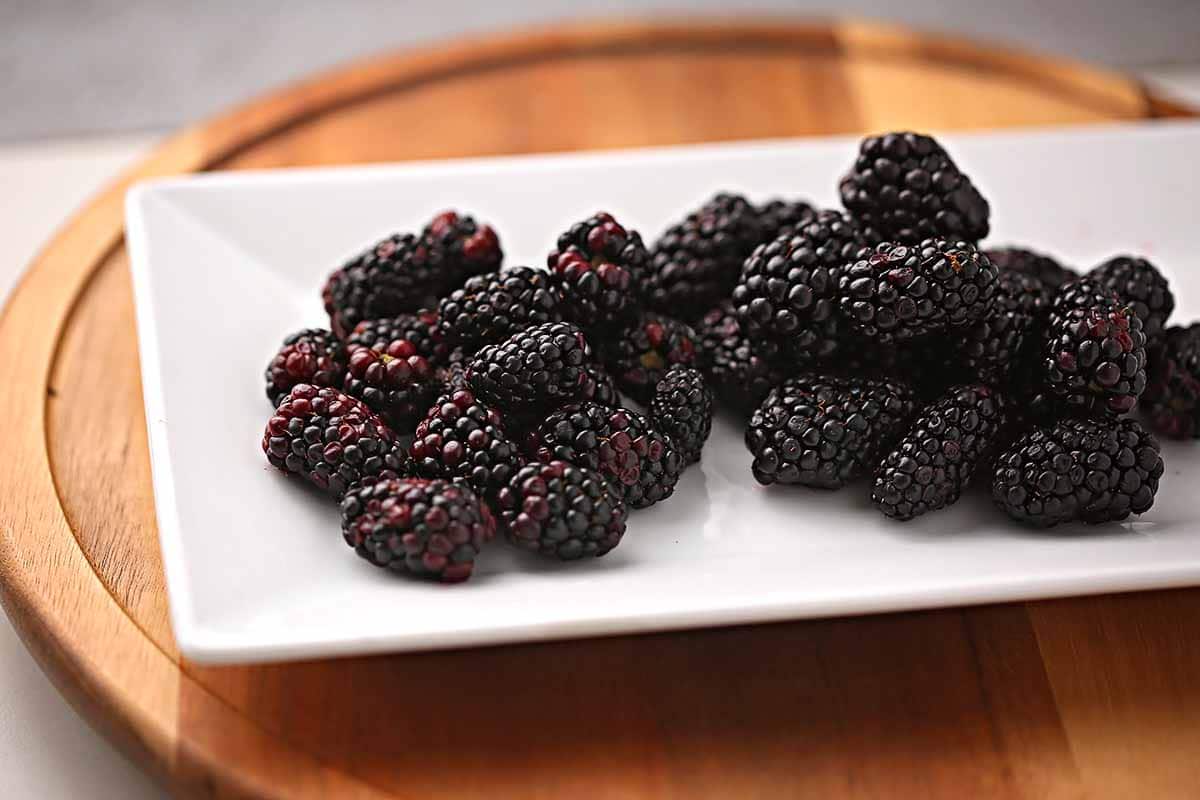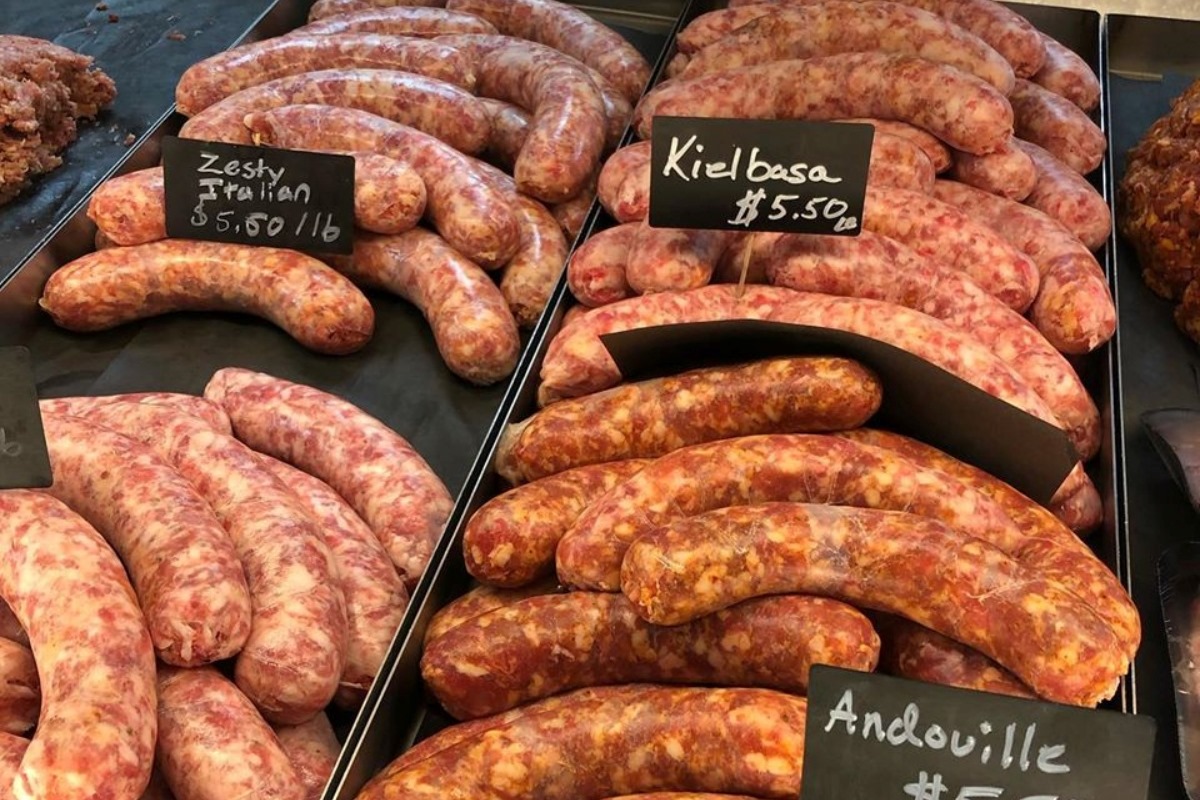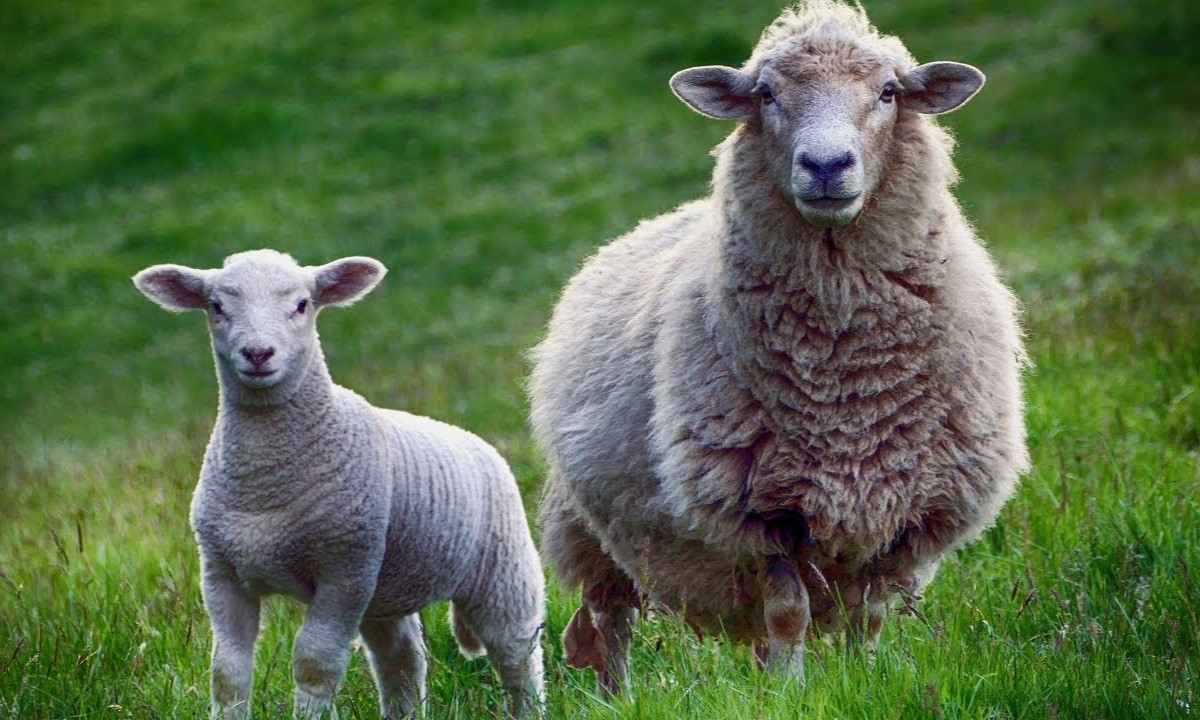Home>Food and Cooking>The Surprising Difference Between Mulitas And Quesadillas!
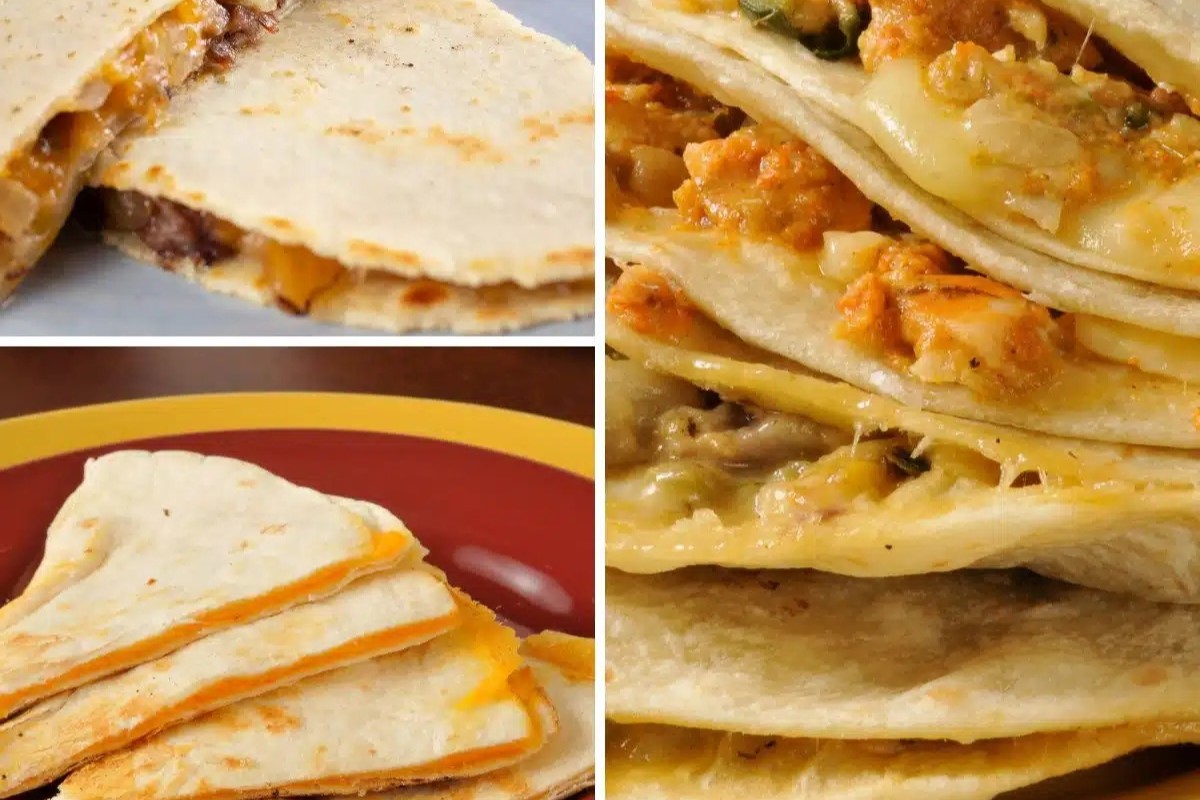

Food and Cooking
The Surprising Difference Between Mulitas And Quesadillas!
Published: January 28, 2024
Discover the nuances between mulitas and quesadillas and elevate your food and cooking skills with this insightful comparison. Learn about the unique ingredients and flavors that set these Mexican dishes apart.
(Many of the links in this article redirect to a specific reviewed product. Your purchase of these products through affiliate links helps to generate commission for Noodls.com, at no extra cost. Learn more)
Table of Contents
Introduction
When it comes to Mexican cuisine, the tantalizing array of flavors, spices, and textures never fails to captivate food enthusiasts around the world. Among the diverse culinary offerings, two beloved dishes often stand out: mulitas and quesadillas. While these two dishes may appear similar at first glance, a closer look reveals distinct characteristics that set them apart.
Mulitas and quesadillas both boast a rich heritage deeply rooted in Mexican culinary tradition. These dishes not only showcase the vibrant flavors of Mexico but also reflect the country's cultural diversity and culinary ingenuity. By exploring the nuances of these delectable creations, we can gain a deeper appreciation for the artistry and diversity of Mexican cuisine.
In this article, we will embark on a flavorful journey to unravel the surprising differences between mulitas and quesadillas. From understanding the unique ingredients that define each dish to exploring the distinct cooking techniques that lend them their distinctive textures, we will delve into the heart of these culinary delights. Additionally, we will learn how to prepare these mouthwatering treats, allowing you to recreate the authentic flavors of Mexico in your own kitchen.
Join us as we unravel the delightful mysteries of mulitas and quesadillas, discovering the subtle yet significant distinctions that make each dish a culinary treasure in its own right. Whether you're a seasoned food enthusiast or a curious culinary explorer, this exploration promises to tantalize your taste buds and expand your culinary horizons. Let's embark on this savory adventure and celebrate the rich tapestry of Mexican cuisine through the lens of mulitas and quesadillas.
What Are Mulitas?
Mulitas are a beloved Mexican dish that holds a special place in the hearts of food enthusiasts. Originating from the vibrant culinary landscape of Mexico, mulitas are a delightful manifestation of the country's rich gastronomic heritage. These delectable treats are a type of quesadilla that features a unique twist, distinguishing them from their more well-known counterpart.
At their core, mulitas consist of two corn tortillas that sandwich a flavorful filling, typically comprised of succulent meats, gooey cheese, and a medley of aromatic spices. What sets mulitas apart from traditional quesadillas is the addition of an extra tortilla, effectively creating a double-layered masterpiece of flavor and texture. This ingenious culinary innovation results in a dish that is not only visually appealing but also offers a delightful contrast of textures, with a crispy exterior giving way to a sumptuously tender interior.
The filling of mulitas often showcases the diverse flavors and ingredients that define Mexican cuisine. From savory carne asada to tender carnitas, the meaty component of mulitas infuses each bite with a rich and savory essence. Complementing the meat is a generous portion of melted cheese, which adds a luscious creaminess to the dish. Additionally, the inclusion of aromatic spices and zesty salsas further elevates the flavor profile, creating a harmonious blend of savory, spicy, and tangy notes.
One of the most distinctive features of mulitas is the way they are assembled and cooked. Unlike traditional quesadillas, which are typically prepared on a flat griddle, mulitas are often assembled and then grilled, allowing the tortillas to develop a satisfying crunch while the filling melds together into a harmonious union of flavors. This cooking method imparts a delightful contrast of textures, with the exterior boasting a tantalizing crispness while the interior remains tender and succulent.
In essence, mulitas represent a delightful divergence from the familiar realm of quesadillas, offering a tantalizing interplay of flavors, textures, and culinary ingenuity. Their unique construction, flavorful fillings, and distinctive cooking method make mulitas a cherished culinary gem that continues to captivate the palates of food enthusiasts worldwide. Whether enjoyed as a satisfying snack or a hearty meal, mulitas embody the essence of Mexican culinary artistry, inviting us to savor the rich flavors and cultural heritage they encapsulate.
What Are Quesadillas?
Quesadillas are a quintessential Mexican dish celebrated for their simplicity, versatility, and irresistible flavors. Originating from the heart of Mexican culinary tradition, quesadillas have transcended borders to become a beloved staple in households and eateries around the world. At its essence, a quesadilla is a harmonious marriage of tortillas and a delectable filling, resulting in a dish that effortlessly balances texture, flavor, and visual appeal.
The foundation of a quesadilla lies in its fundamental components: tortillas and a savory filling. Traditionally, quesadillas are crafted using soft, pliable flour tortillas or the more robust and flavorful corn tortillas. These tortillas serve as the canvas upon which the culinary masterpiece unfolds, offering a neutral yet comforting backdrop that showcases the vibrant flavors of the filling.
The filling of a quesadilla is where culinary creativity takes center stage. While cheese remains a quintessential component, the filling can encompass an array of delectable ingredients, ranging from tender grilled chicken and succulent shrimp to earthy mushrooms and crisp, colorful vegetables. The cheese, often a melty and indulgent variety such as Oaxaca or Monterey Jack, plays a crucial role in binding the filling together while imparting a rich, creamy texture that harmonizes with the other ingredients.
The assembly of a quesadilla is a testament to its simplicity and versatility. The tortilla is generously adorned with the flavorful filling before being folded over to create a half-moon shape, encapsulating the tantalizing medley of ingredients within. This uncomplicated yet elegant presentation not only enhances the visual appeal of the dish but also ensures that each bite offers a delightful interplay of textures and flavors.
In terms of cooking methods, quesadillas are often prepared on a flat griddle or skillet, allowing the tortilla to develop a golden, crispy exterior while the filling melts into a luscious, gooey consistency. This cooking process imparts a delightful contrast of textures, with the exterior boasting a satisfying crunch while the interior remains warm, oozing with melted cheese and savory goodness.
In summary, quesadillas epitomize the art of simplicity and culinary ingenuity, offering a delightful interplay of flavors, textures, and visual appeal. Whether enjoyed as a quick snack, a casual meal, or a festive party dish, quesadillas continue to captivate the hearts and palates of food enthusiasts worldwide, serving as a timeless testament to the enduring allure of Mexican cuisine.
The Key Differences
While mulitas and quesadillas share fundamental similarities as Mexican culinary delights, they exhibit distinct characteristics that set them apart, offering a delightful contrast in flavors, textures, and culinary experiences.
Structural Variance
One of the most notable differences between mulitas and quesadillas lies in their structural composition. Mulitas are distinguished by their double-layered construction, featuring two corn tortillas that envelop a savory filling, creating a substantial and satisfying culinary indulgence. In contrast, quesadillas typically consist of a single tortilla that encases the filling, resulting in a more streamlined and compact presentation. This structural variance not only influences the overall texture of the dishes but also impacts the way flavors meld and interact with each bite.
Cooking Techniques
Another significant point of differentiation is the cooking techniques employed for mulitas and quesadillas. Mulitas are often assembled and then grilled, allowing the tortillas to develop a satisfying crunch while the filling melds together into a harmonious union of flavors. This grilling process imparts a delightful contrast of textures, with the exterior boasting a tantalizing crispness while the interior remains tender and succulent. On the other hand, quesadillas are typically prepared on a flat griddle or skillet, resulting in a golden, crispy exterior for the tortilla while the filling melts into a luscious, gooey consistency. This distinction in cooking methods contributes to the unique textural experiences offered by each dish.
Filling and Flavor Profiles
The filling and flavor profiles of mulitas and quesadillas also showcase distinct characteristics. Mulitas often feature a hearty filling comprised of succulent meats, gooey cheese, and a medley of aromatic spices, resulting in a robust and satisfying flavor profile. The inclusion of an extra tortilla allows for a more generous portion of filling, creating a substantial and indulgent culinary experience. In contrast, quesadillas offer a more varied canvas for culinary creativity, with fillings ranging from tender grilled chicken and succulent shrimp to earthy mushrooms and crisp, colorful vegetables. While cheese remains a quintessential component, the diverse array of fillings in quesadillas allows for a broader spectrum of flavor combinations, catering to a wide range of taste preferences.
Culinary Experience
Ultimately, the key differences between mulitas and quesadillas extend beyond their structural variances and flavor profiles, encompassing the overall culinary experience they offer. Mulitas, with their double-layered construction and robust filling, present a hearty and substantial dining experience, appealing to those seeking a more indulgent and satisfying meal. In contrast, quesadillas, with their versatile fillings and streamlined presentation, offer a lighter and more customizable culinary experience, catering to a broader range of dining preferences and occasions.
In essence, the key differences between mulitas and quesadillas encompass structural variances, cooking techniques, filling and flavor profiles, and the overall culinary experience they deliver. By understanding and appreciating these distinctions, food enthusiasts can embark on a flavorful journey that celebrates the diversity and artistry of Mexican cuisine.
How to Make Mulitas
Making mulitas is a delightful culinary endeavor that allows you to channel the vibrant flavors and textures of Mexican cuisine into a satisfying and indulgent dish. By following a few simple steps, you can recreate the authentic essence of mulitas in your own kitchen, treating yourself and your loved ones to a culinary delight that embodies the rich heritage of Mexican gastronomy.
Ingredients:
-
Corn Tortillas: Select fresh, pliable corn tortillas that will serve as the foundation of your mulitas. The distinct flavor and texture of corn tortillas contribute to the authenticity of this dish.
-
Meat Filling: Choose a savory and succulent meat filling, such as carne asada or carnitas, to infuse your mulitas with rich, savory flavors. Season the meat with aromatic spices and herbs to enhance its depth of flavor.
-
Cheese: Opt for a melty and indulgent cheese, such as Oaxaca or Monterey Jack, to impart a creamy and luscious texture to your mulitas. The cheese will bind the filling together while adding a delightful richness to each bite.
-
Aromatic Spices and Salsas: Enhance the flavor profile of your mulitas with a medley of aromatic spices and zesty salsas. Whether it's a sprinkle of cumin, a dash of chili powder, or a drizzle of tangy salsa, these elements will elevate the overall taste experience.
Instructions:
-
Prepare the Filling: Season the meat of your choice with a blend of aromatic spices, ensuring that it is well-coated and infused with robust flavors. Cook the meat until it is tender and succulent, creating a flavorful foundation for your mulitas.
-
Assemble the Mulitas: Take two corn tortillas and layer them with a generous portion of the savory meat filling, allowing the flavors to meld together. Add a liberal amount of the melty cheese, creating a luscious and indulgent layer that will bind the mulitas together.
-
Grill to Perfection: Assemble the mulitas and grill them to golden perfection, allowing the tortillas to develop a satisfying crunch while the filling melts into a harmonious union of flavors. The grilling process imparts a delightful contrast of textures, with the exterior boasting a tantalizing crispness while the interior remains tender and succulent.
-
Serve and Enjoy: Once the mulitas are grilled to perfection, serve them hot and fresh, allowing your guests to savor the rich flavors and textures of this delectable dish. Pair the mulitas with your favorite salsa, guacamole, or sour cream for a complete and satisfying dining experience.
By following these simple steps and infusing the process with your culinary creativity, you can master the art of making mulitas, bringing the authentic essence of Mexican cuisine to your table. Whether enjoyed as a hearty meal or a delightful snack, mulitas promise to captivate your senses and transport you to the vibrant culinary landscape of Mexico.
How to Make Quesadillas
Making quesadillas is a culinary journey that invites you to embrace the simplicity and versatility of Mexican cuisine while savoring the delightful interplay of flavors and textures. With a few straightforward steps, you can embark on this flavorful adventure, crafting quesadillas that showcase the essence of Mexican culinary tradition and bring joy to your dining table.
Ingredients:
- Tortillas: Begin with soft, pliable flour tortillas or opt for the more robust and flavorful corn tortillas. The choice of tortillas forms the foundational element of your quesadillas, influencing their texture and flavor profile.
- Filling: Embrace culinary creativity by selecting a savory filling that resonates with your taste preferences. Whether it's tender grilled chicken, succulent shrimp, earthy mushrooms, or a vibrant medley of vegetables, the filling serves as the centerpiece of your quesadillas.
- Cheese: Choose a melty and indulgent cheese, such as Oaxaca or Monterey Jack, to bind the filling together and impart a rich, creamy texture to your quesadillas. The cheese plays a pivotal role in harmonizing the flavors and textures within each bite.
- Additional Ingredients: Enhance the flavor profile of your quesadillas with a variety of complementary ingredients, such as aromatic spices, zesty salsas, and tangy guacamole. These elements add depth and complexity to the overall taste experience.
Instructions:
- Prepare the Filling: Whether it's marinating the chicken, sautéing the vegetables, or seasoning the shrimp, ensure that your chosen filling is cooked to perfection, infusing it with robust flavors and tender textures.
- Assemble the Quesadillas: Place a tortilla on a flat surface and generously layer it with the flavorful filling, ensuring an even distribution of ingredients. Add a generous portion of the melty cheese, allowing it to envelop the filling and create a decadent, creamy layer.
- Fold and Cook: Fold the tortilla over the filling to create a half-moon shape, encapsulating the tantalizing medley of ingredients within. Place the assembled quesadilla on a preheated flat griddle or skillet, allowing it to cook until the tortilla develops a golden, crispy exterior and the cheese melts into a luscious, gooey consistency.
- Serve and Enjoy: Once the quesadilla is cooked to perfection, serve it hot and fresh, allowing your guests to savor the delightful textures and flavors of this beloved dish. Pair the quesadillas with your favorite salsa, guacamole, or sour cream, elevating the dining experience with vibrant and complementary accompaniments.
By following these simple yet impactful steps, you can master the art of making quesadillas, infusing your culinary creations with the vibrant essence of Mexican cuisine. Whether enjoyed as a quick snack, a casual meal, or a festive party dish, quesadillas promise to captivate your senses and transport you to the heart of Mexican culinary tradition.
Conclusion
In conclusion, the exploration of mulitas and quesadillas has unveiled a captivating tapestry of flavors, textures, and culinary ingenuity deeply rooted in the vibrant landscape of Mexican cuisine. These beloved dishes, while sharing fundamental similarities, embody distinct characteristics that set them apart, offering a delightful contrast in culinary experiences.
Mulitas, with their double-layered construction, robust fillings, and distinctive grilling method, present a hearty and substantial dining experience that appeals to those seeking a more indulgent and satisfying meal. The interplay of textures, from the tantalizing crunch of the exterior to the tender succulence within, showcases the culinary artistry and creativity that define mulitas as a cherished culinary gem.
On the other hand, quesadillas epitomize the art of simplicity and versatility, offering a delightful interplay of flavors and textures within a more streamlined and compact presentation. Their adaptable nature allows for a myriad of filling variations, catering to a broad spectrum of taste preferences and dining occasions. Whether enjoyed as a quick snack, a casual meal, or a festive party dish, quesadillas continue to captivate the hearts and palates of food enthusiasts worldwide.
Through the art of crafting mulitas and quesadillas, we not only celebrate the diverse flavors and ingredients that define Mexican cuisine but also pay homage to the cultural heritage and culinary ingenuity that have shaped these beloved dishes. The process of assembling, grilling, and savoring these culinary delights invites us to embark on a flavorful journey that transcends mere sustenance, offering a sensory experience that resonates with the rich tapestry of Mexican gastronomy.
As we partake in the delightful indulgence of mulitas and savor the comforting simplicity of quesadillas, we embrace the essence of Mexican culinary tradition, honoring the vibrant flavors and cultural diversity that define these beloved dishes. Whether enjoyed in the comfort of our homes or savored in the company of loved ones, mulitas and quesadillas serve as a testament to the enduring allure of Mexican cuisine, inviting us to savor the rich tapestry of flavors, textures, and culinary artistry that continue to captivate and inspire food enthusiasts around the world.

